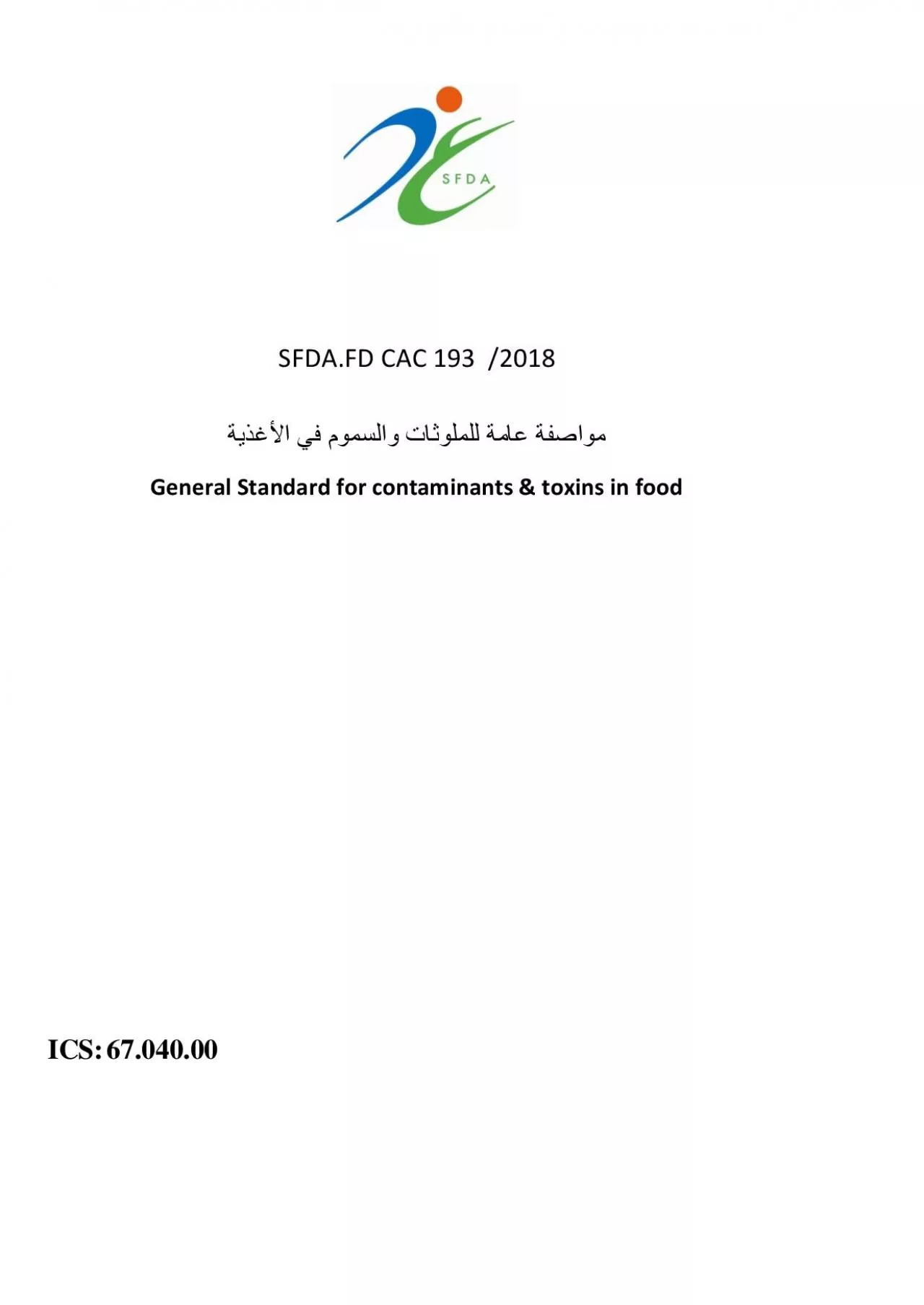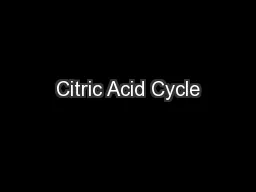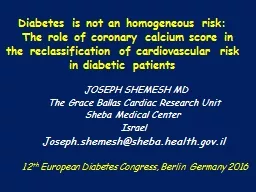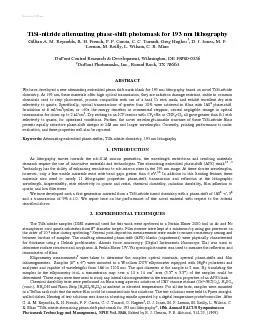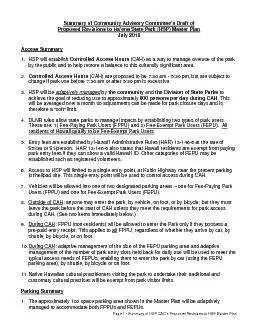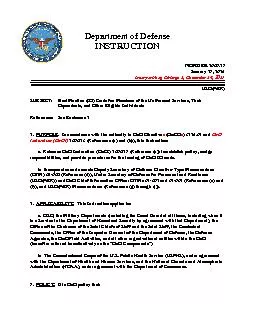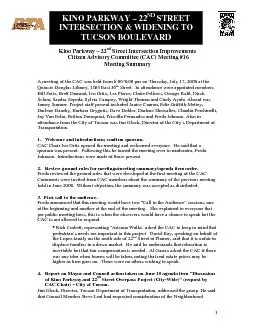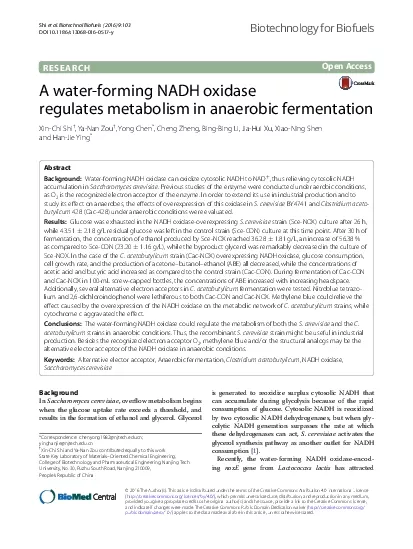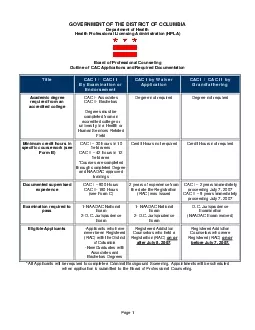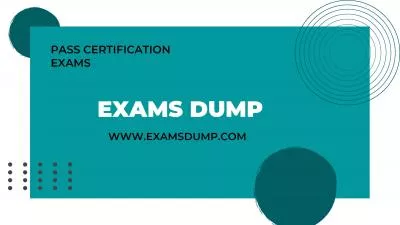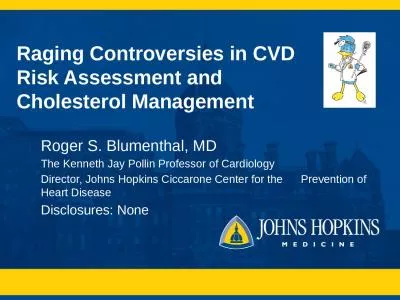PDF-SFDAFD CAC 193
Author : unita | Published Date : 2022-09-21
2018 ةيذغx06440623ا يف مومسلاو تاثولملل ةماع ةفصاوم General Standard for contaminants toxins in food ICS 6704000 Foreword Saudi
Presentation Embed Code
Download Presentation
Download Presentation The PPT/PDF document "SFDAFD CAC 193" is the property of its rightful owner. Permission is granted to download and print the materials on this website for personal, non-commercial use only, and to display it on your personal computer provided you do not modify the materials and that you retain all copyright notices contained in the materials. By downloading content from our website, you accept the terms of this agreement.
SFDAFD CAC 193: Transcript
Download Rules Of Document
"SFDAFD CAC 193"The content belongs to its owner. You may download and print it for personal use, without modification, and keep all copyright notices. By downloading, you agree to these terms.
Related Documents

